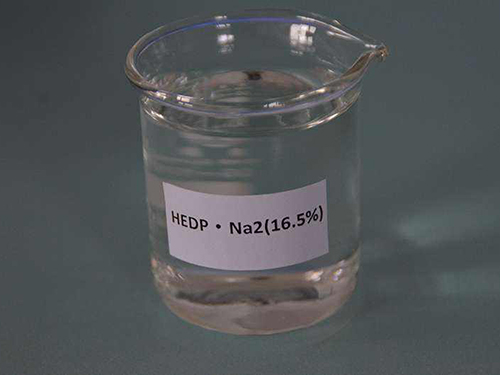Exploring the Benefits and Applications of Cationic Polyacrylamide Flocculants in Water Treatment Processes
Cationic Polyacrylamide Flocculant An Overview
Cationic polyacrylamide (CPAM) is a versatile polymer widely used in various industries for its remarkable properties as a flocculant. This synthetic polymer is derived from polyacrylamide, which is modified to possess cationic functional groups, giving it a positive charge. The positive charge is crucial in facilitating the aggregation and settling of particles in water treatment processes. This article explores the characteristics, applications, and benefits of cationic polyacrylamide flocculants in environmental and industrial applications.
Characteristics of Cationic Polyacrylamide
Cationic polyacrylamide is characterized by its high molecular weight and excellent solubility in water, which contributes to its effectiveness as a flocculant. The molecular weight of CPAM can vary significantly, typically ranging from 1 million to over 20 million Daltons, influencing its performance in various applications. The degree of cationic charge can also be tailored during manufacturing to meet specific requirements, allowing for custom solutions in different scenarios.
One of the key properties of cationic polyacrylamide is its ability to form aggregates by neutralizing the negative charges on suspended particles. This results in the agglomeration of fine particles into larger flocs that can be easily removed from liquids through sedimentation or filtration. The efficacy of CPAM as a flocculant depends on factors such as the concentration used, the nature of the suspended particles, and the specific water chemistry involved.
Applications of CPAM in Water Treatment
Cationic polyacrylamide is extensively utilized in wastewater treatment plants, paper manufacturing, and mineral processing. In wastewater treatment, CPAM plays a pivotal role in the removal of suspended solids, organic matter, and colloidal particles. Its application improves the clarity of effluent and facilitates compliance with environmental regulations by enabling the effective removal of contaminants.
cationic polyacrylamide flocculant

In the paper industry, CPAM is employed as a retention aid and drainage aid, enhancing the efficiency of fiber retention during the formation of paper sheets. By promoting the formation of larger flocs, CPAM helps in minimizing the loss of valuable fibers and additives during the papermaking process.
Moreover, in mineral processing, cationic polyacrylamide is used during the flotation process for the separation of valuable minerals from their ores
. The polymer aids in the aggregation of mineral particles, contributing to better recovery rates and improved overall efficiency of the extraction process.Benefits of Using Cationic Polyacrylamide
There are several advantages to using cationic polyacrylamide flocculants over traditional flocculants, such as alum or lime. Firstly, CPAM is effective over a wide pH range and performs well in various ionic strengths, making it suitable for diverse water qualities. Secondly, it has a higher flocculating capacity, which means lower dosages are often required to achieve desired results, thereby reducing operational costs.
Additionally, the use of cationic polyacrylamide can also lead to enhanced sludge dewaterability. The improved formation of flocs results in higher solids content in the final sludge, making disposal and management easier and more cost-effective.
Conclusion
Cationic polyacrylamide flocculants represent a crucial advancement in water treatment and industrial applications. Their unique properties and versatile applications make them indispensable in modern processes aimed at protecting the environment and enhancing industrial efficiency. As industries continue to seek solutions for sustainable practices, the role of cationic polyacrylamide will likely expand, paving the way for innovative and effective water treatment solutions.
-
Water Treatment with Flocculant Water TreatmentNewsJun.12,2025
-
Polymaleic AnhydrideNewsJun.12,2025
-
Polyaspartic AcidNewsJun.12,2025
-
Enhance Industrial Processes with IsothiazolinonesNewsJun.12,2025
-
Enhance Industrial Processes with PBTCA SolutionsNewsJun.12,2025
-
Dodecyldimethylbenzylammonium Chloride SolutionsNewsJun.12,2025





